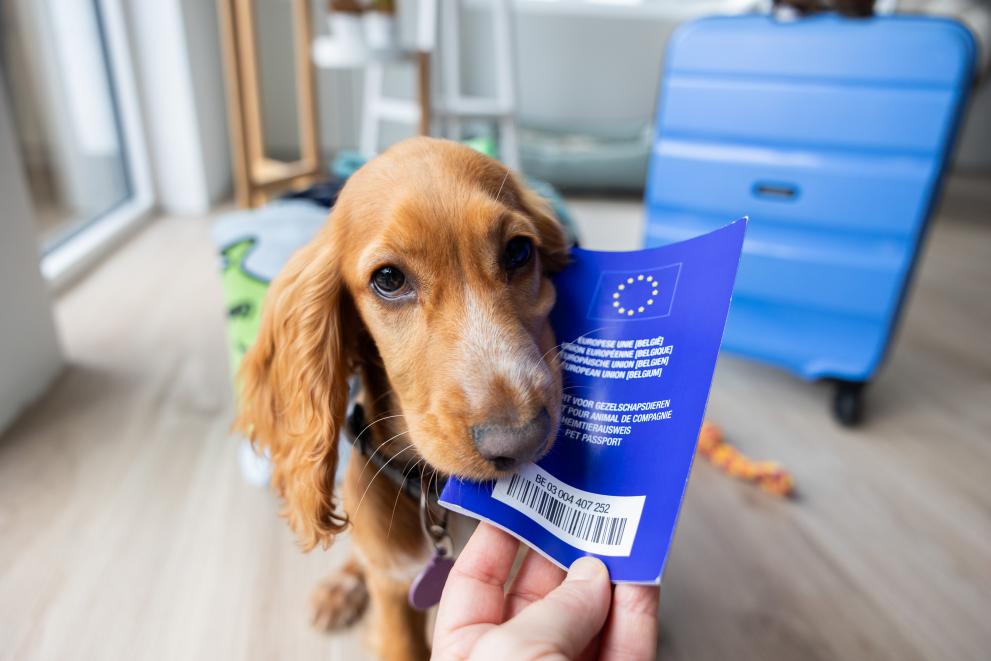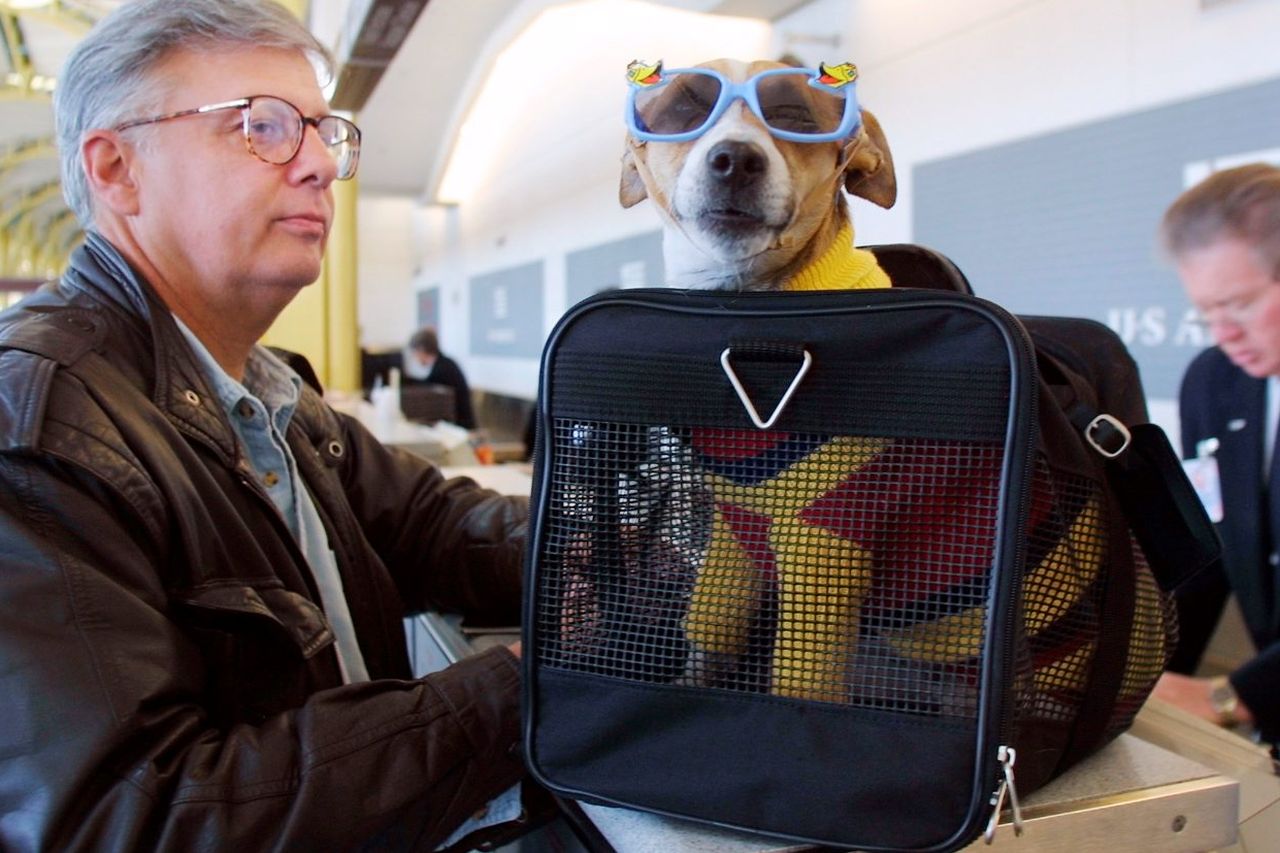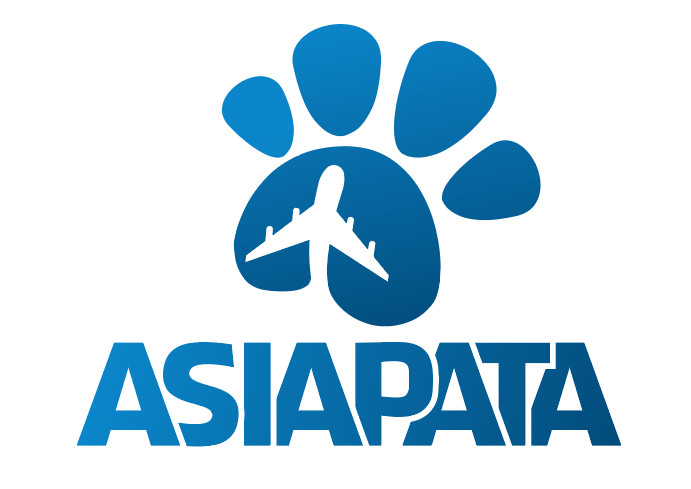Regulations for Transporting Pets by Air from Vietnam to Europe
Traveling with pets brings excitement and challenges. Many Vietnamese pet owners move to Europe. Dogs and cats are common companions on flights. Europe has strict rules for pet imports. These ensure animal health and safety. Air transport requires careful planning. This article covers key regulations. It includes export from Vietnam. Import to EU countries is detailed. Airline policies are essential too. Follow these for successful journeys. Pets deserve comfortable trips abroad. Let’s explore the process step by step.

Export Requirements from Vietnam
Vietnam mandates specific export documents for pets. First, obtain a veterinary health certificate. It confirms the pet’s good health status. Issue it within seven days of travel. Rabies vaccination is compulsory for dogs and cats. Administer it at least 30 days before departure. The certificate must include vaccination details. Microchip implantation is required for identification. Use ISO-standard microchips only. No general export permit is needed usually. However, notify veterinary officials in advance. They inspect at the airport departure. Provide a photocopy of your passport. This links the pet to the owner. Parasite treatments are recommended often. These prevent ticks and worms issues. Check with the Department of Animal Health. They offer guidance on forms needed. Compliance avoids delays at customs. Vietnam’s rules align with international standards. Prepare early for smooth exports.
Import Requirements to Europe (EU)
The EU has uniform pet import rules. These apply to dogs, cats, and ferrets. Pets must have a working microchip. Implant it before rabies vaccination. Rabies shot is mandatory for entry. Give it when the pet is 12 weeks old. Wait at least 21 days after vaccination. Vietnam is a non-listed country. Thus, a rabies titre test is required. Perform the test 30 days after vaccination. The result must show sufficient antibodies. Titre is valid for life with boosters. Obtain an EU health certificate. A vet issues it within 10 days of travel. It verifies no diseases present. No quarantine if all steps are followed. Pets must travel with owners generally. Authorize another person in writing if needed. Maximum five pets per person allowed. Commercial shipments follow different rules. Check specific country variations like UK. EU protects against rabies outbreaks. These rules ensure public safety.
Airline Policies for Pet Transport
Airlines enforce their own pet policies. Vietnam Airlines allows pets as checked baggage. No in-cabin transport except service animals. Total weight of pet and crate is 32kg max. Exceed that requires cargo registration. Up to nine pets per flight permitted. Each passenger can bring three. Crates must meet IATA standards. They need ventilation on three sides. Provide space for standing and turning. Label with pet details clearly. No pregnant or aggressive pets accepted. Brachycephalic breeds like pugs are banned. These have breathing difficulties in air. Fees vary by destination zone. For Europe, expect USD 300 or more. Book pet slots in advance. Slots fill up quickly on popular routes. Other carriers like Air France allow cabin pets. Small dogs and cats under 8kg qualify. They need soft carriers for under-seat. EVA Air restricts long-haul pet baggage. Confirm with your chosen airline. Policies prioritize pet welfare.
Preparation Steps for Pet Owners

Start preparations three months ahead. Visit a vet for health checkup. Implant microchip if not done. Administer rabies vaccine next. Wait 30 days then do titre test. Send blood to approved lab. Results take about three weeks. Schedule boosters on time thereafter. Obtain health certificate close to departure. Choose an IATA-approved crate. It should be sturdy and escape-proof. Add bedding and water dispenser inside. Acclimate pet to crate gradually. This reduces stress during flight. Book flight and pet transport together. Pay fees at reservation time. Pack copies of all documents. Carry them in hand luggage. Avoid feeding pet before flight. Provide water access if possible. Monitor weather for extreme conditions. Heat can delay pet shipments. Use pet relocation services optionally. They handle paperwork and logistics. Ferndale Kennels offers Vietnam expertise. These steps make travel easier.
Challenges and Tips for Successful Transport
Challenges include complex paperwork often. Missing documents cause flight denials. High costs for tests and fees add up. Titre test alone is expensive. Airline breed restrictions limit options. Long flights stress sensitive pets. Quarantine risks if non-compliant exist. Time zones complicate scheduling too. Tips start with early planning always. Consult vets experienced in exports. Join online forums for owner stories. Reddit has Vietnam pet travel threads. Use services like Paws Clinic for help. They guide on EU requirements. Double-check crate measurements precisely. Ensure ventilation meets airline specs. Travel during cooler seasons ideally. This avoids heat embargoes. Insure pet against travel issues. Monitor health post-arrival closely. Allow adjustment time in Europe. These tips overcome common hurdles. Successful trips strengthen pet bonds.
Conclusion
Transporting pets from Vietnam to Europe is achievable. Adhere to export and import regulations strictly. Follow airline policies without fail. Prepare thoroughly for best outcomes. Pets enrich lives on new adventures. Safe journeys create lasting memories. Regulations safeguard health worldwide. Stay informed as rules evolve. Contact authorities for updates. Enjoy Europe with your furry friend. Adventure awaits beyond borders.
